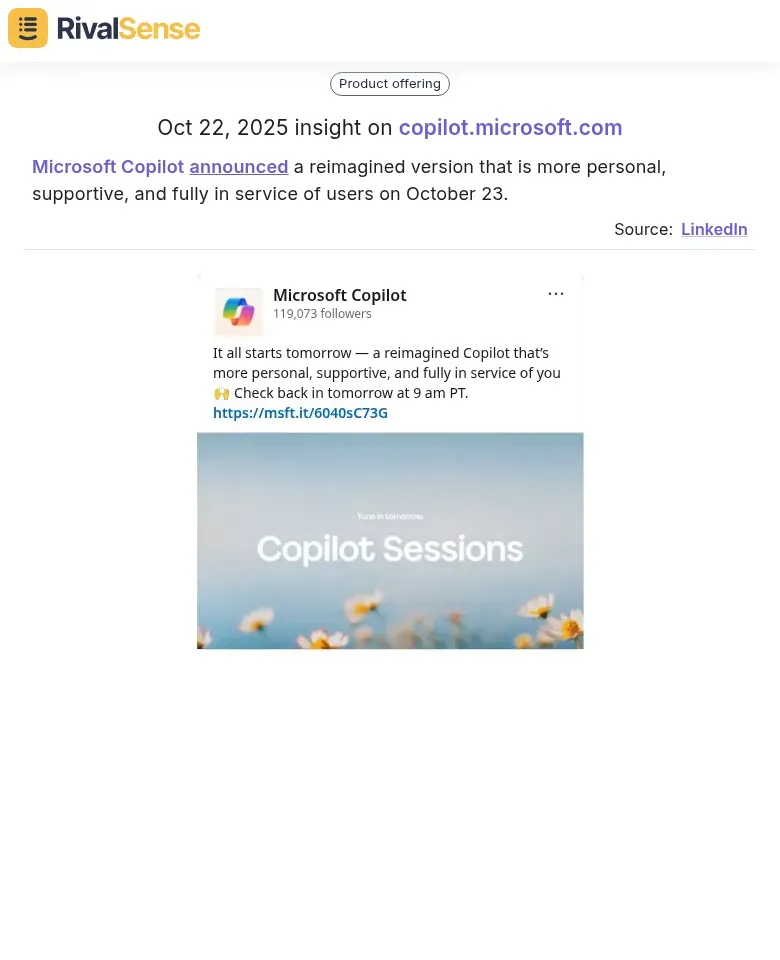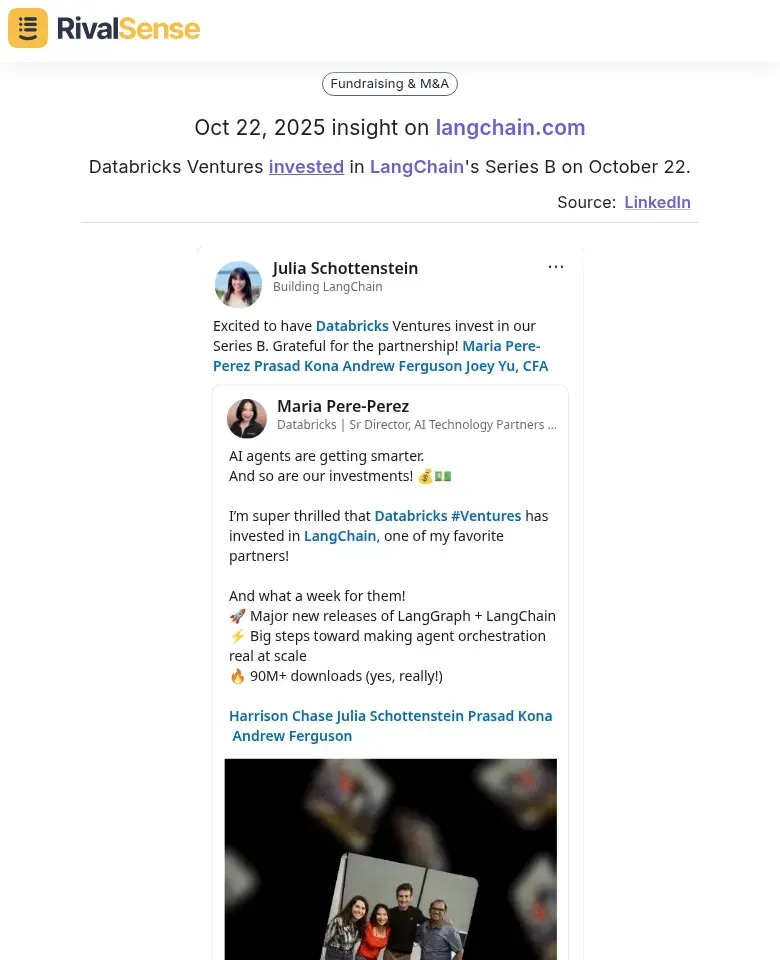Data-Driven Key Account Identification in Pharmaceutical Logistics
Key Account Management (KAM) is pivotal in pharmaceutical logistics, where a small subset of accounts—such as major hospital networks, distributors, or pharmacy chains—drives a disproportionate share of profitability. These key accounts ensure stable revenue streams, enable efficient supply chain planning, and foster long-term partnerships critical for navigating regulatory complexities and demand volatility. However, traditional identification methods often rely on intuition or basic metrics like sales volume, leading to misallocated resources and missed opportunities. For instance, a high-revenue account with low margins or high service costs may drain profits, while a mid-sized account with growth potential is overlooked.
Data-driven approaches transform this by leveraging analytics on profitability, contract terms, compliance history, and strategic alignment. Steps to implement include:
- Analyze account data for profit margins, service costs, and growth trends.
- Use scoring models to prioritize accounts based on strategic value.
- Allocate resources dynamically, focusing on high-potential accounts.
💡 Tip: Integrate real-time data from logistics platforms to monitor performance and adjust priorities. This ensures smarter investments, enhanced customer satisfaction, and sustained competitive advantage in the fast-evolving healthcare landscape.
Essential Data Sources for Pharmaceutical Account Intelligence
Identifying key accounts in pharmaceutical logistics requires leveraging specific data sources for actionable intelligence. Pharmaceutical sales data and prescription volume analytics reveal high-value targets by tracking drug movement patterns and identifying facilities with consistent high-volume prescriptions. Healthcare provider network affiliations help map the ecosystem—track which hospitals belong to larger systems, as centralizing logistics for system-affiliated facilities can streamline operations and reduce costs.
Regulatory compliance and quality metrics are critical; monitor FDA inspection reports, Good Distribution Practice (GDP) compliance scores, and temperature excursion data to assess account reliability. Additionally, tracking competitor activities can provide strategic insights. For example, RivalSense recently identified that GE HealthCare will showcase its Revolution Vibe cardiac CT system at the Global Health Exhibition in Riyadh from October 27-30. This type of event participation insight is valuable because it helps you anticipate market trends, identify potential collaboration opportunities, or adjust your strategies based on competitor movements in real-time.

Practical steps:
- Use tools like IQVIA or Symphony Health for prescription analytics.
- Cross-reference hospital directories with logistics software to identify affiliations.
- Implement dashboards for real-time compliance tracking, flagging accounts with repeated violations.
✅ Checklist for data sources:
- [ ] Sales and prescription data
- [ ] Provider network affiliations
- [ ] Regulatory compliance metrics
- [ ] Competitor event participations
- [ ] Market intelligence reports
💡 Tip: Prioritize accounts with strong compliance records and high prescription volumes to minimize risk and maximize ROI in your logistics strategy.
Building a Data-Driven Scoring Framework for Account Prioritization
Building a data-driven scoring framework transforms account prioritization from guesswork to strategic science. Start with weighted scoring models that assign points based on quantifiable metrics such as revenue potential, strategic value, risk assessment, and compliance factors. This approach ensures your resources are allocated to accounts with the highest impact, reducing waste and improving outcomes.
Incorporate risk assessment by evaluating supply chain stability, regulatory history, and financial health. Compliance factors should include audit readiness, quality management systems, and adherence to GDP guidelines. Use a tiered classification system to categorize accounts effectively.
Weighted Scoring Model Example:
| Metric | Weight | Description |
|---|---|---|
| Revenue Potential | 40% | Based on historical sales and growth projections |
| Strategic Value | 30% | Alignment with long-term goals and market position |
| Risk Assessment | 20% | Supply chain stability and regulatory history |
| Compliance Factors | 10% | Adherence to GDP and audit readiness |
Tiered Classification:
- Tier 1 (80+ points): High-revenue, low-risk accounts – allocate premium resources.
- Tier 2 (60-79 points): Medium potential with manageable risks – standard service levels.
- Tier 3 (<60 points): High-risk or low-value accounts – minimal resource allocation.
Practical steps:
- Define scoring criteria collaboratively with your commercial team.
- Use historical data to validate and refine weightings.
- Implement quarterly score reviews to adapt to changes.
- Align sales territories and resources with account tiers.
💡 Tip: Regularly update the scoring model based on new data and feedback to maintain accuracy and relevance.
Advanced Analytics and Predictive Modeling Techniques
Advanced analytics and predictive modeling transform pharmaceutical logistics by identifying key accounts with precision and forecasting future trends. Machine learning algorithms analyze historical data, market trends, and account behaviors to spot growth opportunities and flag at-risk accounts. For example, clustering models can segment accounts based on order frequency, product mix, and compliance records, highlighting those with untapped potential or declining engagement.
Staying updated with technological advancements is crucial for maintaining a competitive edge. RivalSense tracked that Microsoft Copilot announced a reimagined version that is more personal, supportive, and fully in service of users on October 23. Insights into product updates like this are valuable as they can inform your own technology adoption, help you understand competitor innovations, and ensure your analytics tools are up-to-date for better decision-making.

Predictive analytics forecasts account performance and market share trends using regression techniques and time-series analysis. By incorporating factors like seasonal demand, regulatory changes, and competitor actions, you can anticipate shifts and allocate resources effectively. A practical step: Start with a pilot project focusing on the top 20% of accounts, using tools like Python's scikit-learn for model development and validation.
Network analysis maps account relationships and influence patterns, revealing hidden connectors or vulnerabilities. Visualize interactions between hospitals, distributors, and manufacturers to identify central nodes that drive supply chain efficiency.
✅ Checklist for implementation:
- [ ] Collect clean, integrated data from CRM, ERP, and external sources.
- [ ] Train models on historical datasets with cross-validation.
- [ ] Monitor model performance regularly and retrain as needed.
- [ ] Combine insights with domain expertise for actionable strategies.
💡 Tip: Use graph databases like Neo4j to model network relationships and prioritize accounts based on centrality metrics for deeper insights.
Implementation Strategies and Technology Integration
Implementing data-driven key account identification requires seamless integration across sales, logistics, and customer service platforms to ensure consistency and efficiency. Start by mapping data flows between CRM, ERP, and supply chain management systems to enable real-time data capture and reduce manual errors. Use APIs or middleware to automate data synchronization, which streamlines processes and improves data accuracy.
Investments in AI and machine learning can significantly enhance your analytical capabilities and strategic positioning. RivalSense reported that Databricks Ventures invested in LangChain's Series B on October 22. This type of partnership and investment insight is valuable as it highlights trends in AI adoption, potential tools for your analytics stack, and competitor moves in technology spaces, allowing you to stay ahead in innovation.

Develop automated reporting dashboards using tools like Tableau or Power BI to provide real-time visibility into account performance metrics, such as order frequency, delivery reliability, and service issue resolution times. Train sales and logistics teams through workshops on interpreting dashboard insights and translating data into actionable plans.
✅ Checklist for implementation:
- [ ] Map data flows between all relevant systems.
- [ ] Automate data synchronization using APIs.
- [ ] Create interactive dashboards for key metrics.
- [ ] Conduct regular training sessions for teams.
- [ ] Role-play scenarios with real data to build decision-making confidence.
💡 Tip: Establish a cross-functional team to oversee integration and ensure alignment between technology and business goals for smoother adoption.
Measuring Success and Continuous Improvement
Measuring success in data-driven key account identification requires tracking specific KPIs to evaluate effectiveness and drive ongoing improvements. Key metrics include customer lifetime value growth, account penetration rates, and service level agreement compliance, which provide insights into the impact of your strategies. Regular data validation by cross-referencing internal sales data with market intelligence and customer feedback ensures accuracy and relevance.
Refine your identification models quarterly using machine learning algorithms that adapt to market changes, such as shifts in demand or regulatory updates. For instance, a leading pharma logistics provider achieved 35% higher conversion rates and 28% reduced customer acquisition costs by implementing continuous model refinement. Their quarterly validation process identified shifting customer priorities during the pandemic, allowing rapid service adaptation.
Practical steps:
- Create a dashboard monitoring key metrics monthly for quick insights.
- Conduct quarterly model accuracy assessments to fine-tune algorithms.
- Validate identified accounts through sales team feedback and on-ground results.
- Track ROI by comparing conversion rates of data-identified versus traditionally identified accounts.
💡 Tip: Start with simple metrics and gradually incorporate advanced analytics to avoid overwhelm. Ensure your sales and marketing teams understand how to interpret and act on data insights through regular cross-departmental reviews.
Leverage Competitor Insights for Strategic Advantage
In today's competitive landscape, integrating competitor intelligence into your key account strategy can provide a significant edge. Tools like RivalSense track competitor activities—including product launches, pricing updates, event participations, partnerships, and regulatory aspects—delivering consolidated reports directly to your inbox. This real-time data helps you anticipate market shifts, identify emerging threats, and uncover opportunities for collaboration or differentiation.
By monitoring competitor moves, you can adjust your account prioritization and resource allocation dynamically. For example, if a competitor launches a new logistics solution, you can reassess your key accounts' needs and respond proactively to retain their business.
🚀 Ready to enhance your key account strategy? Try RivalSense for free today and get your first competitor report to start making data-driven decisions! Click here to begin
📚 Read more
👉 How Topstep's Plus500 Partnership Revealed Competitive Edge
👉 Competitor Website Change Framework for Key Account Growth
👉 Automate Key Account Tracking to Beat Ventilation System Competitors
👉 Boost Productivity with Competitor Product Insights and Intelligence
